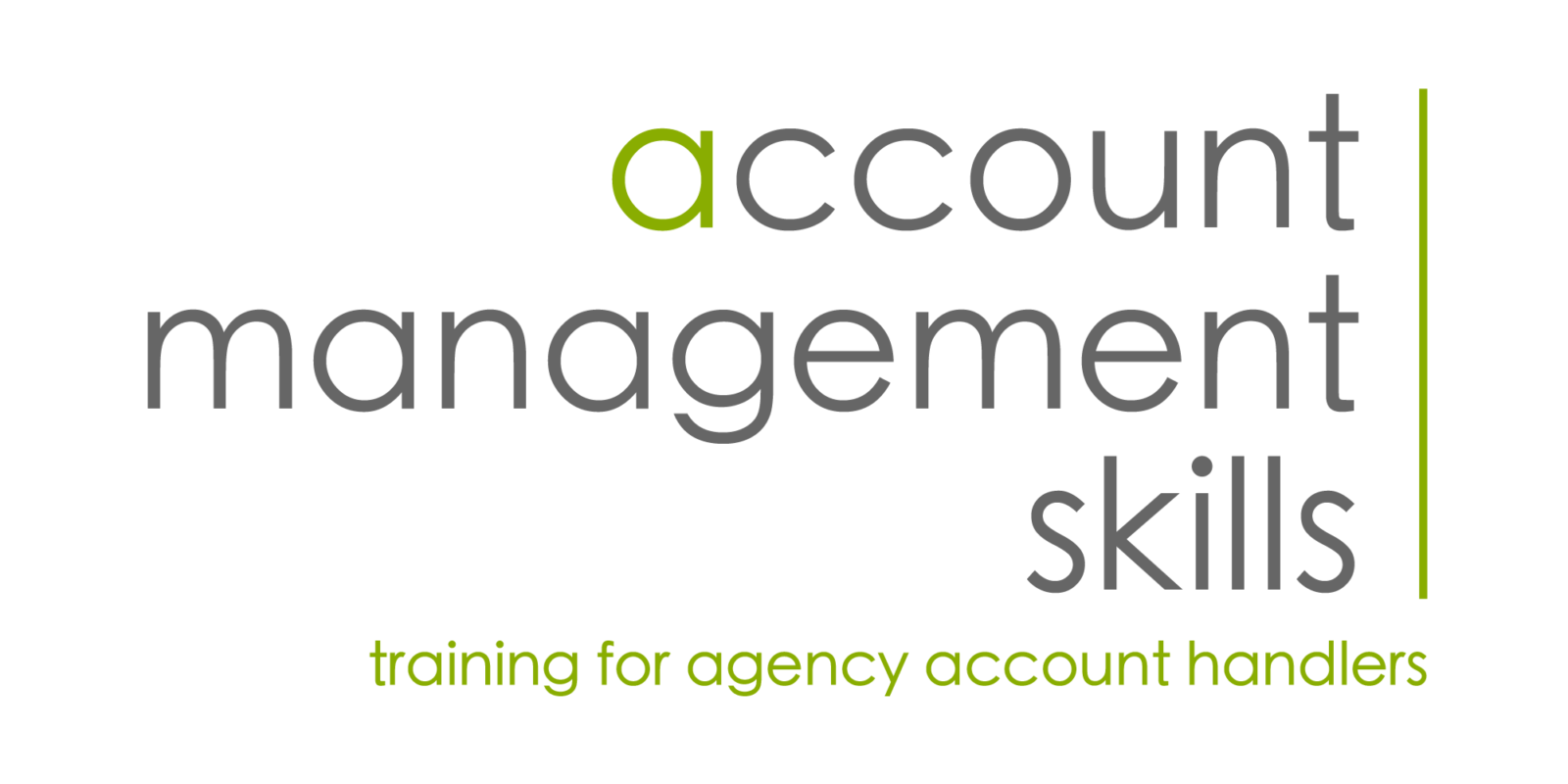
Whether you’re trying to negotiate with your client and/or procurement department, haggling for the best price at a market on holiday or trying to persuade your partner to do the washing up, negotiating is part of our every day life.
Often however too few people know how to negotiate effectively or indeed understand why they should negotiate at all.
So what are the best ways to approach a negotiation? Well there are essentially four steps to most negotiations; preparing, setting up, negotiating and closing.
So if you’re negotiating with your client, here are a few tips for each stage of the process:
1. Preparing
- Take time to familiarise yourself with all the details of the deal to help build your confidence during the negotiation
- Decide three things before going into the deal: a) what your ideal outcome is b) what you’d be happy with and c) the point at which you’ll abandon the deal
- Work out what the ‘worst case scenario’ impact (financial or otherwise) would be to you/your business
- If possible, try to get an idea of what’s important to the other side and even try to test their position before you go into the negotiation itself (knowledge represents the upper hand)
- Always aim realistically high and hold this position as long as you can. You can always come down but you won’t be able to push it back up 😉
- Be prepared to justify your starting position and also be prepared to say no
- Prepare what you have to ‘trade’ with – and prioritise these things in order of value to you.
- Remember that what you decide during this negotiation will set a precedent for what happens in the future i.e. once you make ‘allowances’ for no reason, expect your client to ask for similar concessions in the future – you’re making a rod for your own back if you do!
2. Setting up
- Try not to be intimidated by the other side’s demeanour, data, facts, stats etc. but try to anticipate what they will begin with and what you’ll respond with
- Lay out the agenda for the negotiation but try not to be the one who reveals a starting position first
- Be inquisitive and use intelligent questions to garner more information. Don’t try to convince the other side to come round to your way of thinking and don’t be over-emotional
- Sound ‘sure’ when you state your position and have the confidence to request clearly what you’re looking for.
- Anticipate that the other side will be challenging your position/pricing
- Decide that you will stay strong if the other side decides to play power games such as ‘good cop bad cop’ or aggression to force their position
3. Negotiating
- Never give something without asking for something in return. Take your time and don’t be too quick to change your position when the other side pushes.
- If you lower your price then the scope of what you are providing for that fee should change in accordance e.g. “if you’d like to reduce the overall cost, we can replace the X element with X (i.e. a cheaper component)’ or “how about we only allow for one round of amendments rather than two, which will reduce the overall cost by www.bigcitymaids.com X” etc.
- If a question or point comes up that you haven’t anticipated, don’t feel pressured to decide on your response then and there, take time to think before you answer.
- Don’t be inflexible, aim to be as co-operative as possible throughout the negotiation
- Ask questions “What is important to you about …..?” “What if we gave you X and you gave us Y in return”? “What is most valuable for you/your company?”
- Don’t undervalue your position by agreeing to split the difference
- Focus on the value you bring, not the price (find out what the other side values)
4. Closing
- The end of the negotiation is where most concessions are made, stay logical and don’t be fooled by last minute tactics to throw the negotiation off course
- Aim for a win/win position but at least ensure the other side feels they have gained something valuable from the negotiation
- Don’t be forced into a bad deal. It’s better to walk away than accept something that hasn’t been thought through properly




